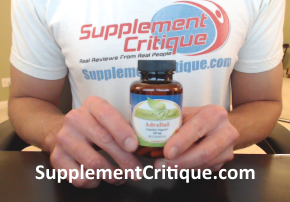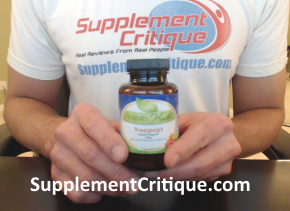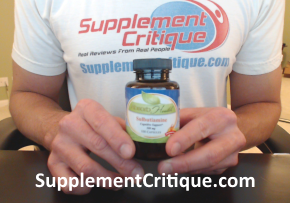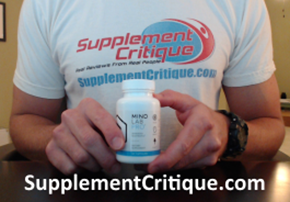Nootropics Versus Smart Drugs: Is There a Difference?
Chances are, you have already searched the Internet for the word “nootropics” and got redirected to a bevy of articles referring to them as “smart drugs.” This can get confusing, as many websites don’t explain whether there’s a difference between nootropics and smart drugs.
Yet there is a difference[3], according to an article written by Dr. Andrew Hill, lead neuroscientist at truBrain.
In the nootropics community, however, the terms are often used interchangeably.
Since it’s generally acceptable to label nootropics and smart drugs as one in the same, there’s nothing wrong with adopting this trend.
But for the sake of knowledge and accuracy, it pays to know the difference.
Let’s set the record straight.
Smart drugs are usually prescribed by doctors to treat symptoms of mental or cognitive disorders.
For instance, Ritalin and Adderall are stimulants used to treat attention deficit hyperactivity disorder.
Smart drugs typically contain stimulants, which boost energy and focus, but can also be detrimental in someone with heart or cardiac issues.
The stimulants in these drugs increase dopamine and norepinephrine levels, which can cause tolerance and dependence, negatively affecting stress levels, appetite, mood and cardiac function.
Smart drugs operate like amphetamines in that they stimulate the brain’s neurotransmitters to promote focus and alertness, similar to how caffeine operates.
On the flip side, a nootropic is a non-prescribed natural or synthetic compound made from herbs, vitamins and other supplements.
It’s designed to increase or safeguard cognition, and when taken properly by a generally healthy individual, typically does not produce side effects.
As Giurgea stated, the objectives of nootropics should always be to promote cognitive abilities and flow, while avoiding the side effects of harsh substances such as stimulants.
Hopefully, this introduction has given you sound insight into the fundamentals of nootropics.
Now it’s time to dig deeper and discover the different types of nootropics.








 That’s a whole lot of “tams,” but each has earned the right to be a member of the family.
That’s a whole lot of “tams,” but each has earned the right to be a member of the family. Eugeroic stimulants – such as modafinil and adrafinil – operate like smart drugs, but they generally don’t produce significant spikes in heart rate or blood pressure nor do they produce euphoria or the propensity for abuse.
Eugeroic stimulants – such as modafinil and adrafinil – operate like smart drugs, but they generally don’t produce significant spikes in heart rate or blood pressure nor do they produce euphoria or the propensity for abuse.


 The first time I took Adrafinil I was actually pleasantly surprised.
The first time I took Adrafinil I was actually pleasantly surprised. Though technically not a “racetam”, noopept is a nootropic that provides similar effects to Piracetam.
Though technically not a “racetam”, noopept is a nootropic that provides similar effects to Piracetam. Alpha GPC is a choline containing supplement that helps with new memory formation and learning, and has been widely accepted as an effective nootropic.
Alpha GPC is a choline containing supplement that helps with new memory formation and learning, and has been widely accepted as an effective nootropic. Sulbutiamine is a natural compound that is actually
Sulbutiamine is a natural compound that is actually 
 Try Huperzine A, green tea leaf extract, and/or caffeine (as found in the product
Try Huperzine A, green tea leaf extract, and/or caffeine (as found in the product  Alternatively, you can check out a supplement called Mind Lab Pro.It takes a bit of time to kick in, but the effects on short / long term memory, cognitive balance, and focus are ENORMOUS.
Alternatively, you can check out a supplement called Mind Lab Pro.It takes a bit of time to kick in, but the effects on short / long term memory, cognitive balance, and focus are ENORMOUS.

Just sent you an email.
For anyone else looking for the free ebook, click here to sign up for your free ebook.
Rob
SupplementCritique.com